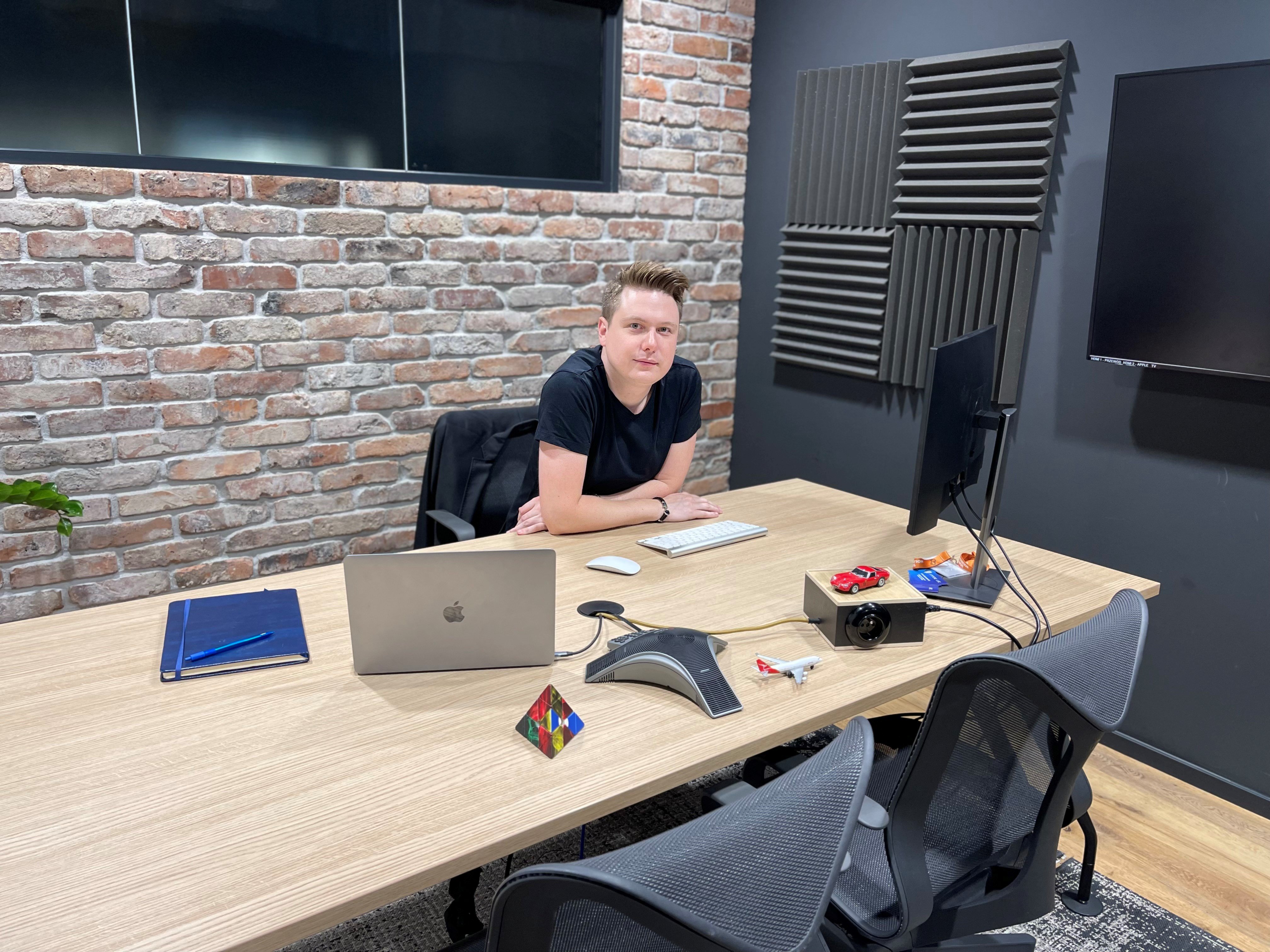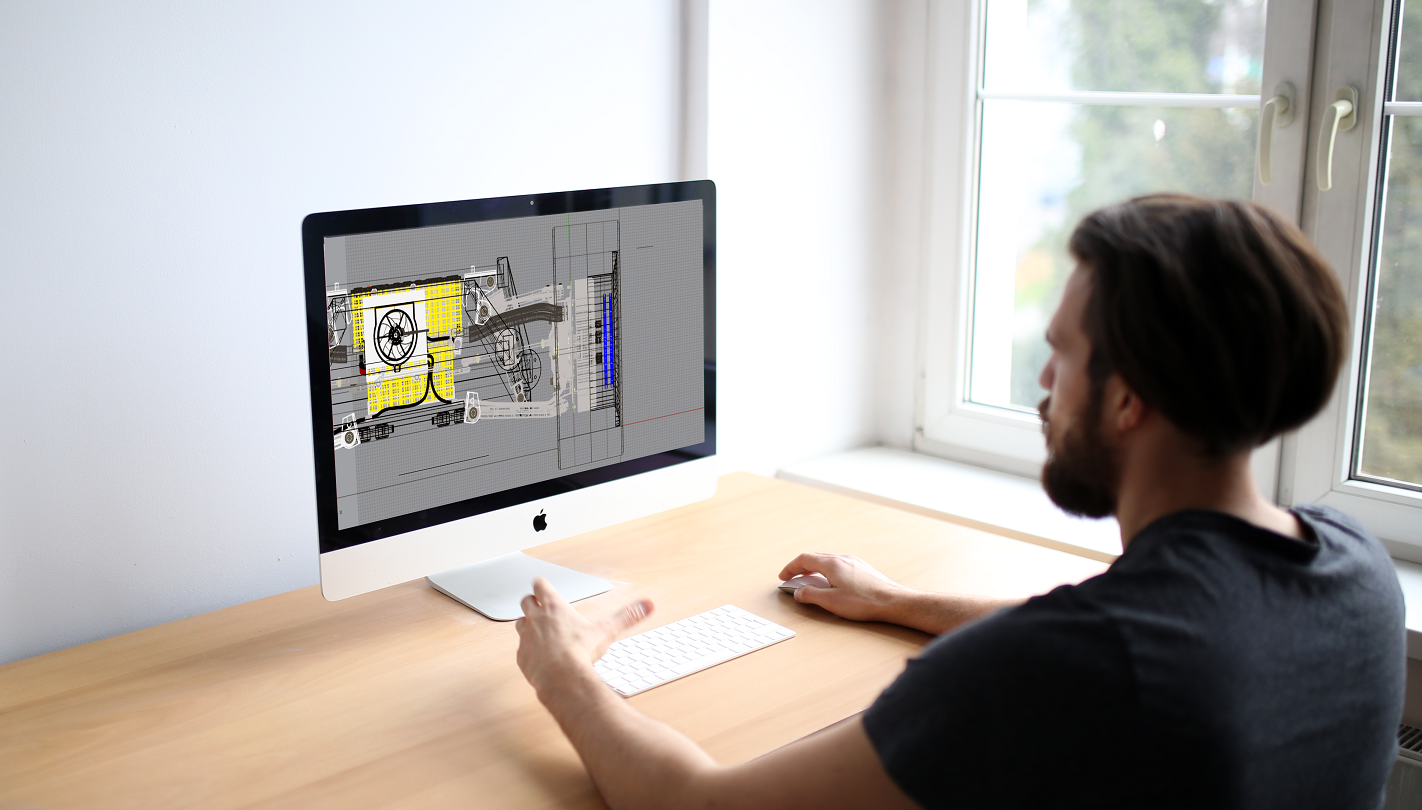





-
Application
- Industry
- Heating industry
- Individual solutions
- Law regulations
- Certification
- Research and development
- Public perception
- Investment map
-
Transport
- Hydrogen buses
- Hydrogen trains
- Special vehicles
- Law regulations
- Certification
- Research and Development
- Public perception
- Investment map
-
Production
- Technology
- Green hydrogen from Renewable Energy Sources
- Grey hydrogen
- Hydrogen production from biomass
- Law regulations
- Certification
- Research and development
- Public perception
- Investment map
-
Transmission, Storage



Cookies
Informujemy, iż w celu optymalizacji treści dostępnych w naszym serwisie, dostosowania ich do Państwa indywidualnych potrzeb korzystamy z informacji zapisanych za pomocą plików cookies na urządzeniach końcowych użytkowników. Pliki cookies użytkownik może kontrolować za pomocą ustawień swojej przeglądarki internetowej. Dalsze korzystanie z naszego serwisu internetowego, bez zmiany ustawień przeglądarki internetowej oznacza, iż użytkownik akceptuje stosowanie plików cookies. Czytaj więcej Polityka prywatności
Transport
Are we at the threshold of Polish innovation in the automotive sector?
For the time being, companies active in the field of hydrogen technology development in Poland are dominated by large players with international ambitions, such as PKN Orlen or Pesa Bydgoszcz. However, Ampere Life, a start-up made up of passionate constructors, has a chance to make a big difference. CEO Michał Jędrzejewski has announced the launch of a Polish hydrogen car as early as 2022.For the time being, the Polish hydrogen project market is dominated by large companies. Out of 36 applications submitted to the Ministry of Development and Technology under the IPCEI competition, 9 entities have made it to the second stage: PGNiG, Orlen, Lotos, Synthos, Polenergia, Tauron, Bydgoszcz-based PESA and Zielona Góra-based Ekoenergetyka. However, the hope for acceleration is given by the fact that domestic start-ups are also slowly entering the hydrogen innovation market. One of the most interesting ideas from Polish engineers and designers is the Ampere Life SUV with automated refuelling. If the solutions proposed by this team prove successful, we will have a national innovation in the automotive market.
The story of the project is like something out of a Silicon Valley success story. The idea developed during a lockdown in 2020, as a project of two colleagues who "out of boredom wanted to do something good for the world". Current Ampere Life CEO Michal Jedrzejewski emphasises that when he was offered the chance to develop a Polish hydrogen passenger vehicle, he simply could not refuse. He managed to gather a group of expert enthusiasts around the idea, who, as part of a free sideproject, created a concept for the car and also worked out a business model.

A hydrogen car is an electric car because electricity is produced in the end, but this solution is much more eco than battery electric cars.
Michał Jędrzejewski, CEO Ampere Life.Popular batteries have to be disposed of, while "hydrogen cylinders" can be refilled many times - emphasises Jedrzejewski.
The prototype of the Polish SUVA is to be built as early as 2022. According to Michał Jędrzejewski, the car will be able to be refuelled without getting out of the vehicle. By replacing existing pressure stations on the market with automated refuelling stations of its own design, Ampere Life wants to increase hydrogen energy efficiency by up to 10%. For the user, this means being able to travel longer distances on a single fill-up. The Toyota Mirai, available on the European market, covers a distance of 650 km at a time, according to the manufacturer. The record driving distance for this model achieved this year by Toyota's technical team is over 1 000 km.
We are working on a solution that will enable driving between 800 and 1000 km. I can only reveal that the car will drive differently in the city and on the road
Michał Jędrzejewski.If investors are interested in the idea, the car should enter mass production in about 5 years. Currently, the start-up is working with its own funds and the team working on the hydrogen car is not remunerated. For the time being, the company is creating its own R&D department in Silesia and is holding talks with players from the American market.
The creators of the Polish hydrogen SUV want it to be part of a wider ecosystem in the future. The car is to serve as a home mini-generator of electricity, which could power e.g. a summer house.
Is this time a Polish breakthrough on the automotive market waiting for us? Previous attempts have already been made. In May 2016, a team of scientists from the Military University of Technology in Warsaw and constructors from the AGH University of Science and Technology in Krakow and commercial partner Riot Technologies presented the Hydrocar Premier car. The four-wheel-drive vehicle was built from lightweight composite materials, and stored in a tank filled with metallic powder, it was supposed to allow up to three times more hydrogen to be refuelled. Unfortunately, due to a lack of further funding, the project never progressed beyond the prototype phase.
Commercially available vehicles still face several challenges. The most important are: high prices, low energy efficiency compared to EVs, lack of infrastructure and the fact that the industrial production of hydrogen is not very environmentally friendly. The technology will only become profitable when sales reach a critical mass, as was the case with electrics. Paradoxically, their success inhibits the further development of hydrogen vehicles.

Five hydrogen valleys are the government's idea of systemic support for hydrogen projects in various parts of our country. Although all of them will be coordinated by the Industrial Development Agency, each valley is to have a so-called anchor company, i.e. an entrepreneur who plays a key role in its establishment and operation of the supply chain. Among the industry leaders of the valleys are PKN Orlen, Lotos and KGHM.

Polish entrepreneurs unanimously stress that the pace of hydrogen technology development depends on the implementation of preferential financing mechanisms, which will enable the commercialisation of prototypes, reduce the price of production and purchase of vehicles and hydrogen systems. Such support is necessary especially in the first phase of work on the dissemination of hydrogen, when the technology has not yet reached an appropriate ceiling of scalability.
https://www.gramwzielone.pl/woddor/106173/prototyp-polskiego-auta-na-wodor-w-przyszlym-roku
https://www.gramwzielone.pl/woddor/106173/prototyp-polskiego-auta-na-wodor-w-przyszlym-roku
https://www.facebook.com/newseria.biznes/videos/1229595580845914
https://esperis.pl/wp-content/uploads/2020/07/Esperis_Gra_o_wodor_07.20.pdf
https://www.sejm.gov.pl/sejm8.nsf/InterpelacjaTresc.xsp?key=31CBFDE7
Redakcja





